A 2,000-Year-Old Mystery Papyrus Reveals Its Secrets
For centuries, no one could read it.
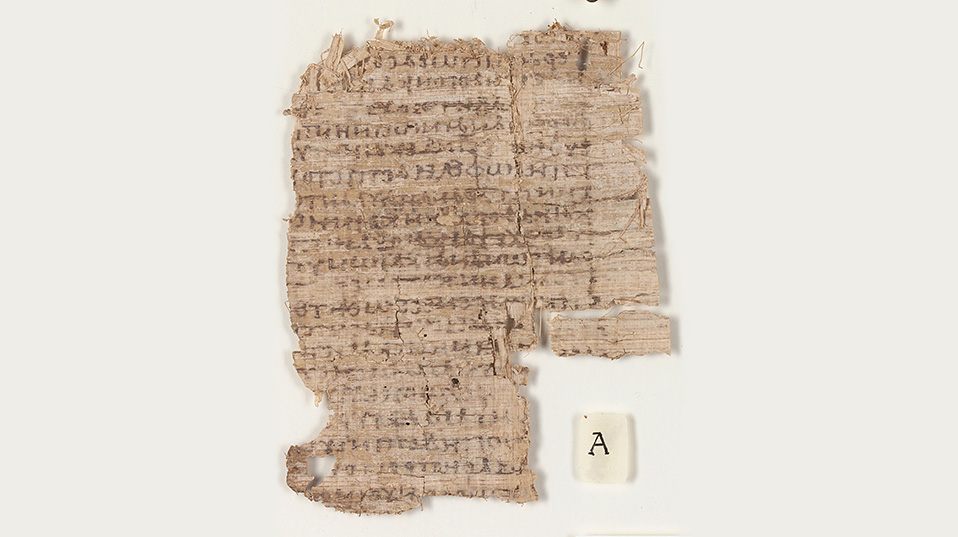
At the University of Basel, in Switzerland, the papyrus collection contained a mystery. Most of the papyri had come to the university around 1900, for the classical studies curriculum, but two had been in the university’s possession for much longer, going back to the 16th century.
One of those papyri was unlike any other in the collection, and for generations, the university said, it puzzled researchers. As best they could tell, it had mirror writing on both sides, with the letters going the opposite direction that they should.
“It was considered an odd piece,” says Sabine Huebner, a professor of ancient history at the university. But now the university’s researchers have finally understood what was strange about it.
Turns out, it was many sheets of papyrus glued together.
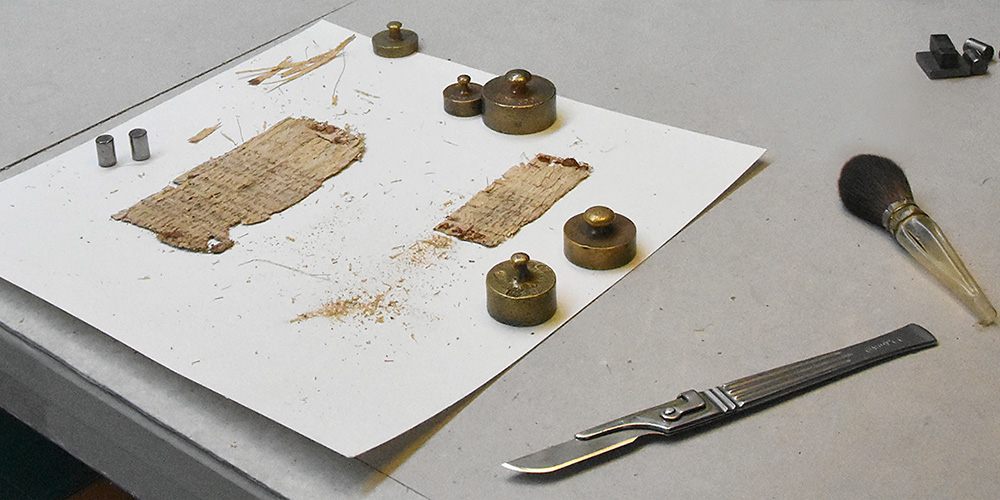
This was not obvious, for 400 years or so. Recently, though, the Basel Digital Humanities Lab examined the papyrus under infrared and ultraviolet light. UV light isn’t usually used to help decipher papyri, but in this case it revealed that the mystery papyrus had “several layers bonded together with a sort of medieval glue,” Huebner explains.
Once they understood what was wrong, the researchers had a specialist come in to tease apart the layers. When, after all these years, they were able to read the document, they found that it was an unknown medical document—a piece of writing that will add to scholars’ understanding of the past.
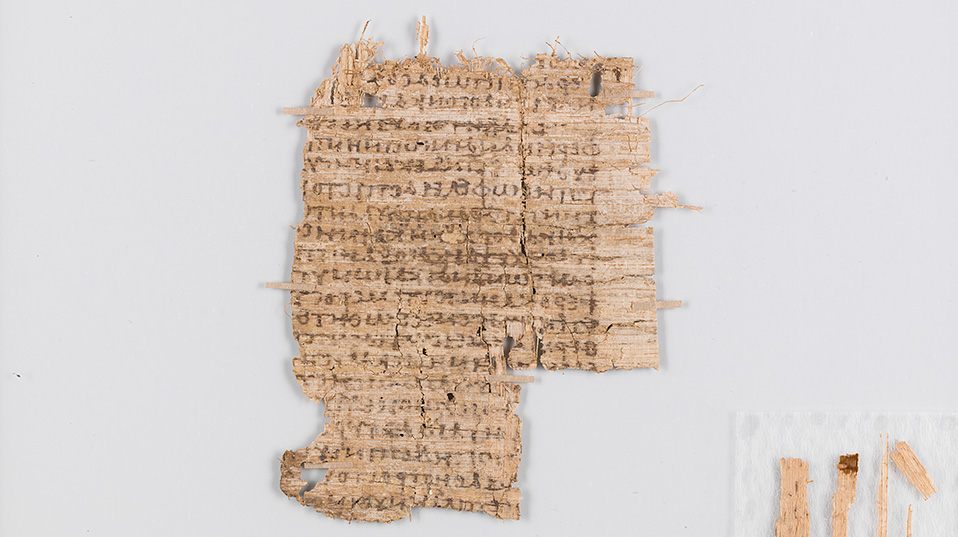
Based on its similarities to papyri held in Ravenna, Italy, the papyrus text looks to be the work of Galen, the most well-known physician of the Roman era, or a commentary on his work. The text was probably used for bookbinding back in the Middle Ages, when either this text was more available than it is now or no one thought it was important to save.
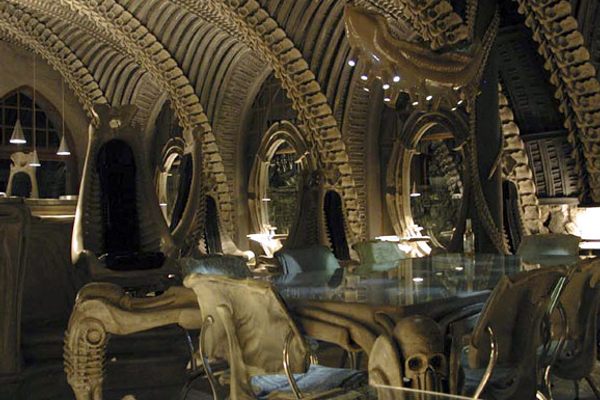

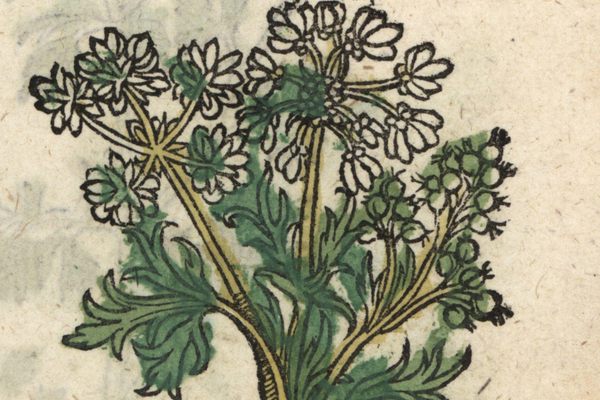
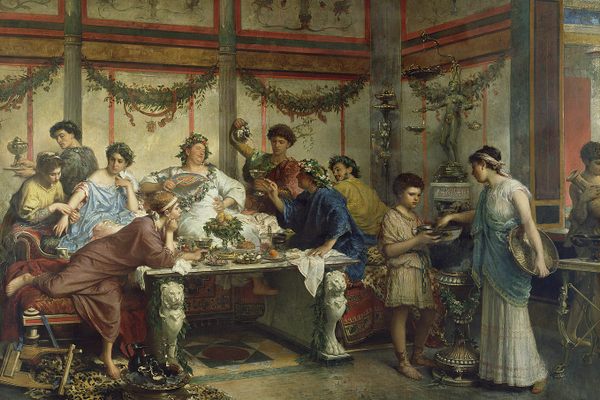









Follow us on Twitter to get the latest on the world's hidden wonders.
Like us on Facebook to get the latest on the world's hidden wonders.
Follow us on Twitter Like us on Facebook